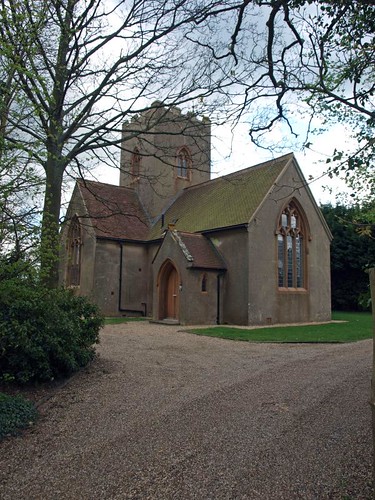FOSTER STREET. It is a quiet corner of our countryside but how far our thoughts run out as we stand by a grave in this hamlet, in the fields two miles from Harlow! For 200 years the Baptists of Harlow used this spot as their sacred ground, and so it is that a father and his two daughters lie here, Benjamin Flower with Sarah and Eliza. They lie in an altar tomb weathered and worn, a hundred years old and little known, yet as we stand by it we think of great crowds singing, and perhaps of a dire catastrophe, for it was Sarah Flower who wrote the words of Nearer My God to Thee and her sister who wrote the music. It has been sung for about 100 years in every church where English hymns are sung, and it was to its pathetic strains that the Titanic sank down into the waves.
Benjamin Flower was a London tradesman’s son who failed in business and, taking a traveller’s job abroad, found himself in Paris in the Revolution. He came home to edit a Cambridge newspaper, and, alone among provincial editors, he denounced the war with France. He was tried at the bar of the House of Lords for censuring the political conduct of a bishop, and for his daring he spent six months in Newgate. Here Eliza Gould visited him, she having also suffered for her Liberal opinions, and on his recovering his freedom she married him and they settled at Harlow, where he founded a printing business. They had two daughters, who found themselves motherless in 1810 and fatherless in 1829, and then devoted themselves to literature and music. Sarah wrote a religious drama called Vivia Perpetua, and many hymns set to music by her sister and sung at Finsbury Chapel. It is Nearer My God to Thee that has established her fame for all time, but her hymn He sendeth sun, He sendeth shower, with its refrain, Father, Thy will, not mine, be done, is typical of a character of singular charm and fervour.
Sarah married William Adams, a scientific man who devised a joint known to every railway engineer, the fishjoint which connects rails so that fast traffic can safely pass over the link. She died from tuberculosis in the year of revolutions, 1848. She was the last of the three to come to this grave.
Benjamin Flower was a London tradesman’s son who failed in business and, taking a traveller’s job abroad, found himself in Paris in the Revolution. He came home to edit a Cambridge newspaper, and, alone among provincial editors, he denounced the war with France. He was tried at the bar of the House of Lords for censuring the political conduct of a bishop, and for his daring he spent six months in Newgate. Here Eliza Gould visited him, she having also suffered for her Liberal opinions, and on his recovering his freedom she married him and they settled at Harlow, where he founded a printing business. They had two daughters, who found themselves motherless in 1810 and fatherless in 1829, and then devoted themselves to literature and music. Sarah wrote a religious drama called Vivia Perpetua, and many hymns set to music by her sister and sung at Finsbury Chapel. It is Nearer My God to Thee that has established her fame for all time, but her hymn He sendeth sun, He sendeth shower, with its refrain, Father, Thy will, not mine, be done, is typical of a character of singular charm and fervour.
Sarah married William Adams, a scientific man who devised a joint known to every railway engineer, the fishjoint which connects rails so that fast traffic can safely pass over the link. She died from tuberculosis in the year of revolutions, 1848. She was the last of the three to come to this grave.

No comments:
Post a Comment